Our Company

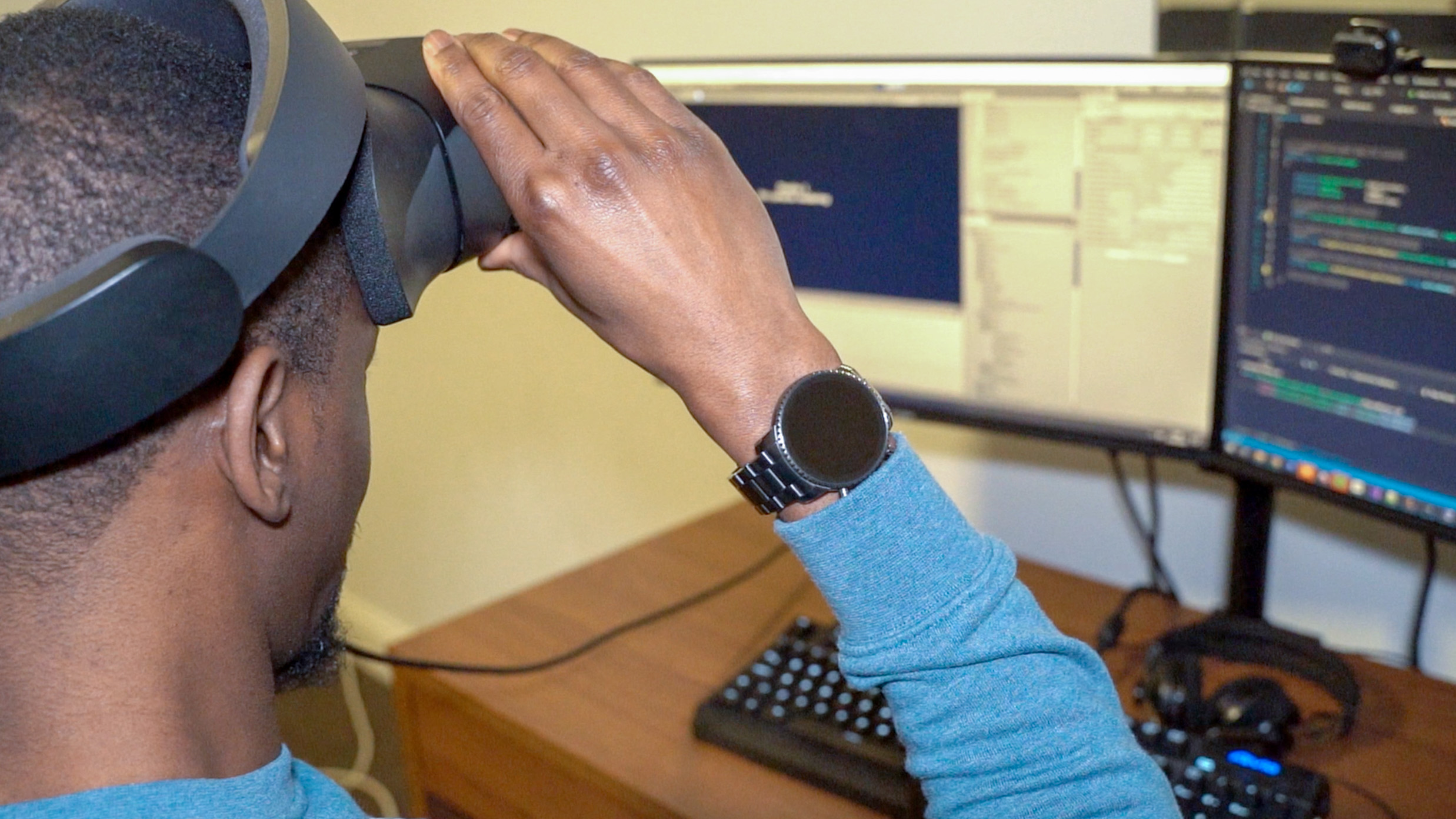
Who We Are

Real Response is an Australian registered training organisation (RTO) with a mission to ‘Empower People with Vital Skills to Navigate Critical Situations’. This is achieved through simulation – both live and synthetic. The team consists of clinicians, educators, first responders and more recently a software development team.
What We Do


Virtual Reality
Virtual Reality (VR) is a computer-generated simulation of a three-dimensional environment inwhich the user can perform actions and experience their consequences. They can move around and interact freely with an animated environment that we have developed to provide realistic scenarios. This is different from 360o video which is essentially a normal video where the user can look around in a 360o Environment.
Learn More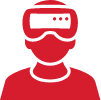
Augmented Reality
Augmented Reality (AR) is when digital information is overlaid over a live image of the real world that is being captured by a camera and displayed on a screen. The digital information could be 3d objects such as furniture or just plain text. This technology can be applied to training in various ways. A likely scenario could be guiding a first responder through the process of administering aid with visual dues and signs overlaid on top of the patient marking positions such as where to place hands when performing CPR.
Learn More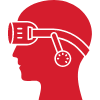
Mixed Reality
Mixed Reality (MR) can be described in two ways, one involves wearing a headset such as the Microsoft HoloLens that allows digital objects to be placed in the physical world. Users can interact with both physical and virtual objects with their own hands. Mixed reality can be used for various applications such as fire safety training. For example, learners could be placed in a room where a fire has just started, they can decide which extinguisher is appropriate for the type of fire then watch the fire die out as the propellent is sprayed or watch the flames get bigger and engulf the room. The second form is a blend of Virtual Reality with real world objects. Objects in Virtual reality have real world counterparts that are used to enhance the virtual experience.
Learn More
Desktop Training
Desktop Training is your traditional simulation on a Desktop Computer or Laptop.
It is one of the most easily accessible forms of training whether it be by website or desktop application. Through the use of the Desktop’s resources, we are able to create in-depth and stunningly accurate simulations which aid in educating and training our users to be the best version of themselves, all from the comfort of their own computer. From a business perspective, imagine being able to send a link to your employees which enables them to experience training simulations in an immersive and realistic manner, all while their actions and decisions are recorded for depth analysis through our web application which gives meaningful insights of performance metrics using ready made templates. Forget surveys and questionnaires, embrace the ease of use with Desktop Training.
Learn More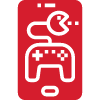
Mobile Training
Mobile training takes the ease of use and accessibility offered from Desktop training and makes it flexible. Think training on the go. With Mobile Training, we can deliver the immersive and educational training right into the hands of the user through their phones and tablets, whether it be Android or Apple. For instance, when attending a course or function that requires the completion of a simulation – user’s simply download the app onto their phone and they’re straight into the experience. No waiting, no delays. And with the ability to record analytics for every decision and actions taken like the Desktop Training giving you real insight into the performance of your staff. Our expertise in mobile app development allows users to experience a streamlined and simple training experience without the need of a computer or headset, with instant feedback on their performance.
Learn More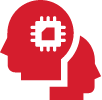
Artificial Intelligence
is a very general term that means intelligence demonstrated by machines, unlike the natural intelligence displayed by humans and animals. Modern AI systems demonstrate at least some of the following behaviours associated with human intelligence: planning, learning, reasoning, problem solving, knowledge representation, perception, motion, and manipulation and, to a lesser extent, social intelligence and creativity. This allows them performance tasks such as speech recognition or computer vision.
Learn More
Photorealism
Photorealistic 3D design assists in enhancing the realism of training by allowing for familiarisation of equipment, terrain and dynamics. Through this method of design, we are able to create the items, tools, and environments that user’s would be familiar with so that there is no break from the emmerision, especially in VR and MR. Users can go through our simulations and focus on the scenario learning that is taking place and not be distracted by other elements of the scenario. For example, through this creation process, we can design the inside of a hospital room so that when the user steps into the simulation, they don’t need to question where they are, they know instantly, due to the realism and attention to detail.
Learn More